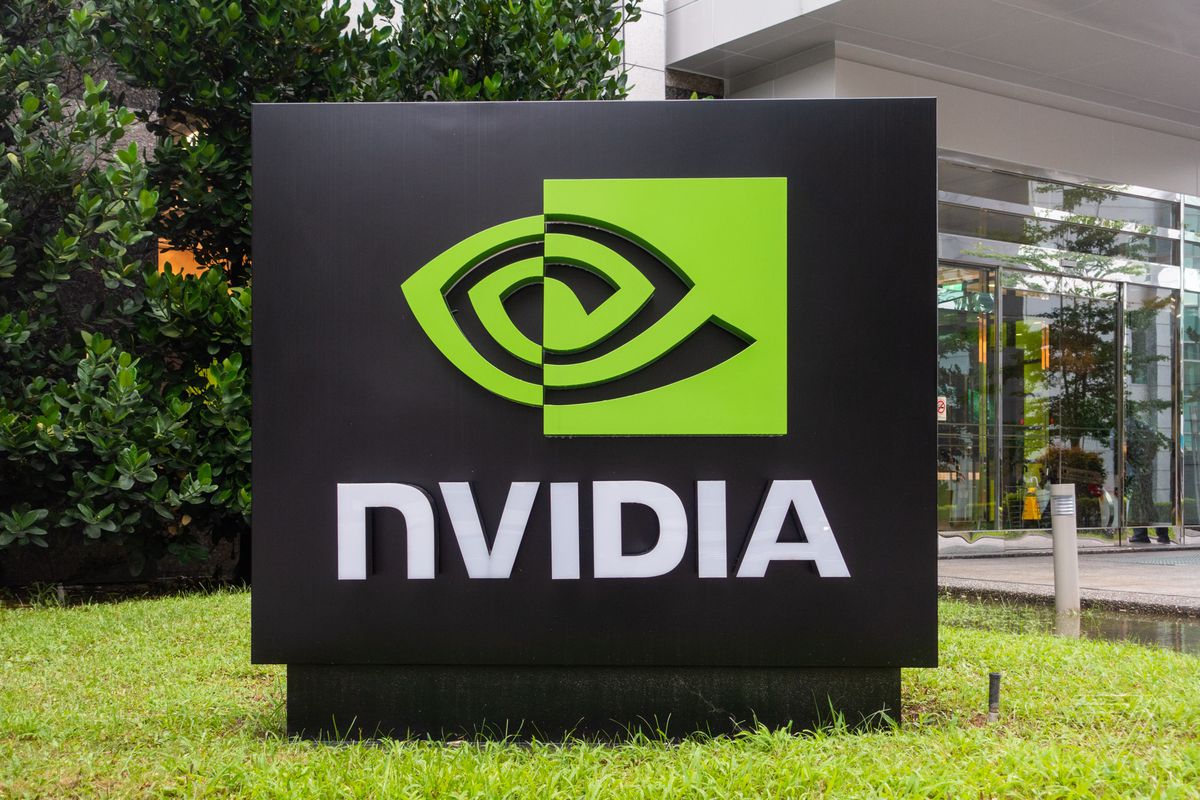Nvidia Stock Shows Higher Volatility Than Major Cryptos
31.07.2024 14:00 1 min. read Alexander Stefanov
Nvidia (NVDA) stock is anticipated to experience more dramatic price fluctuations than major cryptocurrencies like Bitcoin and Ethereum.
Recent data shows that NVDA’s 30-day implied volatility has surged from 48% to 71%, according to Fintel. In contrast, Bitcoin’s implied volatility on Deribit’s index has decreased from 68% to 49%, and Ethereum’s has dropped from 70% to 55%.
Implied volatility reflects the market’s expectations for price swings and is influenced by the demand for options. NVDA, a key player in AI and former GPU producer for crypto mining, has become a significant market indicator since ChatGPT’s launch in late 2022.
Both NVDA and Bitcoin hit lows in late 2022 and have shown a strong positive correlation since, with a 0.73 correlation in 90-day price movements. However, NVDA’s stock has fallen about 26% from its peak of $140 last month, while Bitcoin remains in the $60,000 to $70,000 range.
READ MORE:

Crypto Expert Predicts Major Bitcoin Upswing
The increase in NVDA’s implied volatility may be linked to hedging activities by market makers, a trend also observed in the crypto sector. Griffin Ardern from BloFin explains that the current high volatility in NVDA is comparable to the extreme price fluctuations seen in cryptocurrencies, driven by negative gamma trading strategies which can amplify market volatility.
-
1
Bitcoin’s Price Closely Mirrors ETF Inflows, Not Corporate Buys
26.06.2025 11:00 2 min. read -
2
Crypto Company Abandons Bitcoin Mining to Focus Entirely on Ethereum Staking
26.06.2025 20:00 1 min. read -
3
Bitcoin Hits New All-Time High Above $112,000 as Short Squeeze and Tariffs Fuel Rally
10.07.2025 0:35 2 min. read -
4
Strategy Boosts Bitcoin Holdings to 597,325 BTC with Latest Purchase
30.06.2025 15:23 2 min. read -
5
Bitcoin ETF Inflows Hit $2.2B as Market Calms After Ceasefire
25.06.2025 17:00 1 min. read
Bitcoin Reaches $119,000 Milestone as Corporate Demand and ETF Inflows Rise
Bitcoin soared to a new all-time high above $119,000 on July 13, extending its bullish momentum on the back of institutional accumulation, shrinking exchange reserves, and technical breakout patterns.
Bitcoin Dominance Nears Key Resistance — Is Altseason Coming Next?
A major shift in the crypto cycle may be approaching as Bitcoin dominance (BTC.D) once again reaches critical long-term resistance.
Weekly Roundup: What Happened in Crypto Over the Past Week
From groundbreaking Ethereum developments to record-breaking DeFi activity and major protocol updates, the crypto industry saw a flurry of important announcements this past week.
Bitcoin Sparks Clash Between Mike Novogratz and Peter Schiff
Galaxy Digital CEO Mike Novogratz reignited a long-running feud with economist and gold advocate Peter Schiff after the latter criticized Биткойн yet again.
-
1
Bitcoin’s Price Closely Mirrors ETF Inflows, Not Corporate Buys
26.06.2025 11:00 2 min. read -
2
Crypto Company Abandons Bitcoin Mining to Focus Entirely on Ethereum Staking
26.06.2025 20:00 1 min. read -
3
Bitcoin Hits New All-Time High Above $112,000 as Short Squeeze and Tariffs Fuel Rally
10.07.2025 0:35 2 min. read -
4
Strategy Boosts Bitcoin Holdings to 597,325 BTC with Latest Purchase
30.06.2025 15:23 2 min. read -
5
Bitcoin ETF Inflows Hit $2.2B as Market Calms After Ceasefire
25.06.2025 17:00 1 min. read

